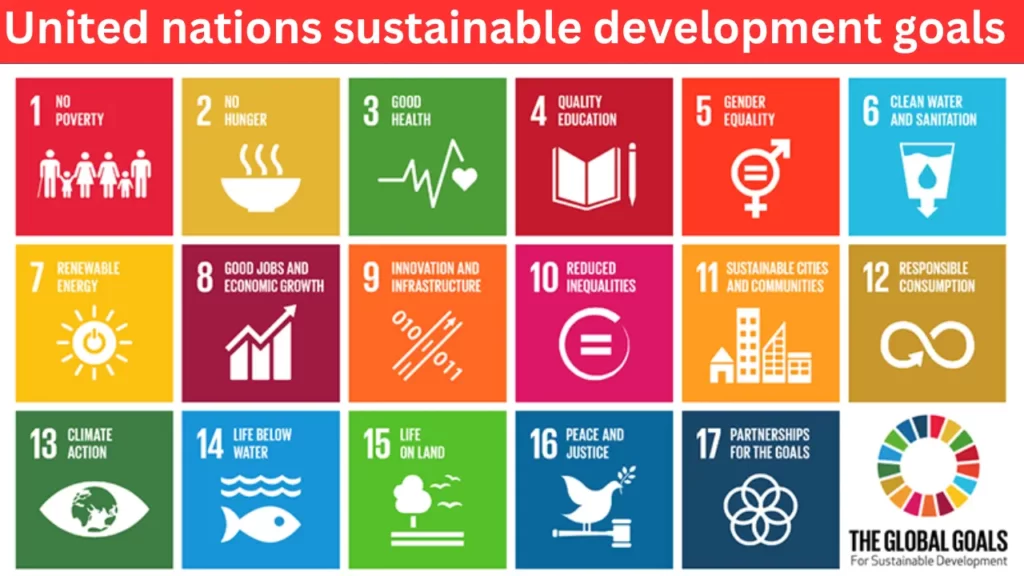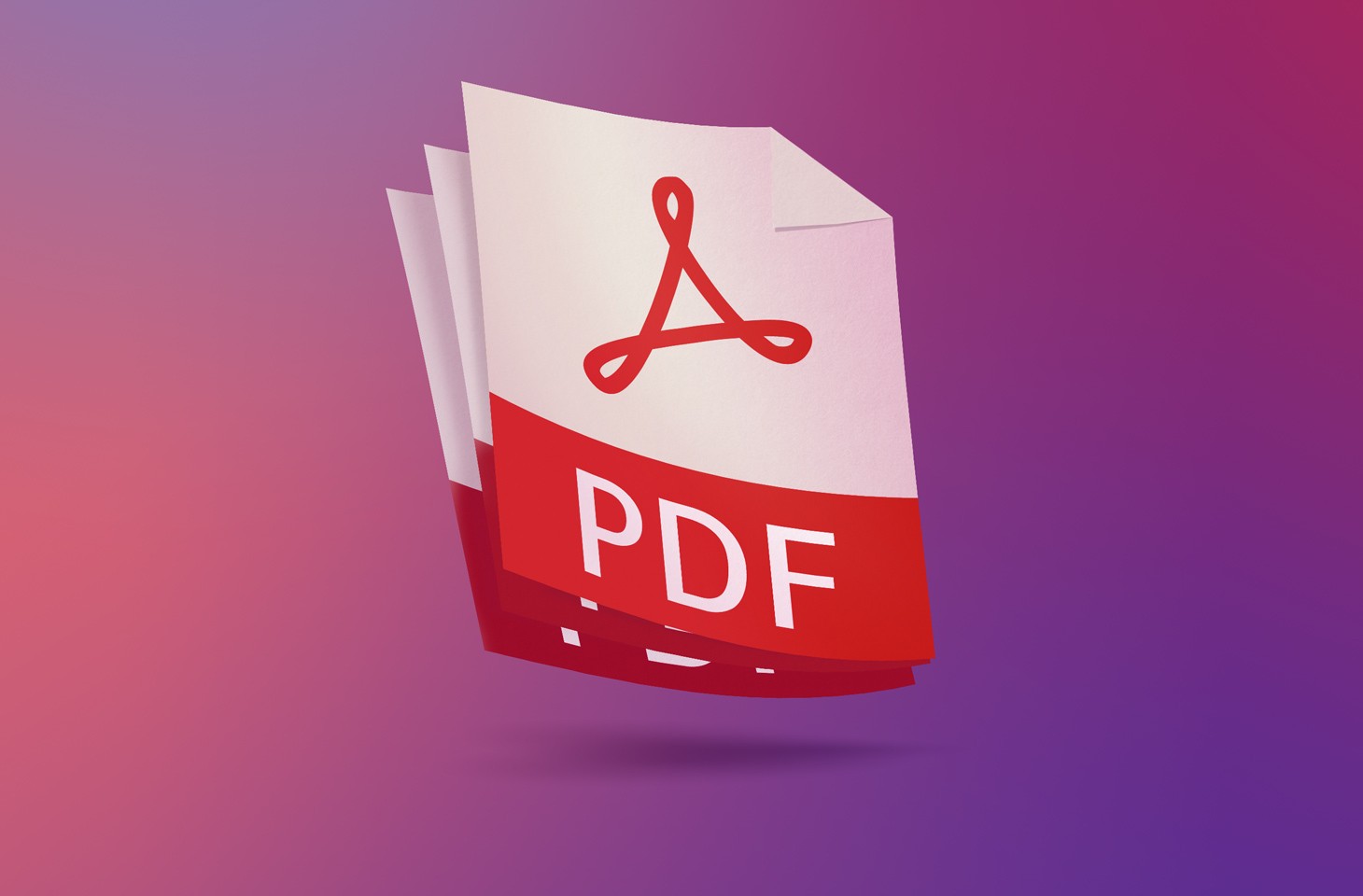
In an increasingly interconnected world, the United Nations Sustainable Development Goals (SDGs) play a pivotal role in addressing the global challenges we face. These 17 goals, established by the United Nations in 2015, aim to address critical issues, such as poverty, hunger, gender inequality, climate change, and more. This article delves into the significance, history, and impact of the SDGs, while exploring each goal in detail and how they collectively contribute to a better future for humanity.
What are the United Nations Sustainable Development Goals?
The Sustainable Development Goals, also known as the Global Goals, are a universal call to action to end poverty, protect the planet, and ensure that all people enjoy peace and prosperity by 2030. These goals were adopted by 193 UN member states, signifying a collective commitment to building a sustainable and equitable world for current and future generations.
The History and Evolution of the Sustainable Development Goals
The journey towards the SDGs began with the Millennium Development Goals (MDGs), a set of eight goals established in 2000 with a deadline of 2015. While the MDGs made significant progress in areas like reducing poverty and improving access to education and healthcare, they fell short in addressing certain systemic issues. This led to the development of a more comprehensive and inclusive set of goals – the United nations sustainable development goals pdf download.
Understanding the 17 Sustainable Development Goals PDF
Goal 1: No Poverty
The first goal aims to eradicate extreme poverty and hunger, ensuring that everyone has access to adequate food, clean water, and basic necessities for a dignified life.
Goal 2: Zero Hunger
Building on the first goal, this objective seeks to achieve food security, improve nutrition, and promote sustainable agriculture to end hunger worldwide.
Goal 3: Good Health and Well-being
Health is a fundamental human right. This goal focuses on ensuring healthy lives and promoting well-being for all at every age, addressing issues like maternal mortality, infectious diseases, and mental health.
Goal 4: Quality Education
Education is key to breaking the cycle of poverty. Goal 4 aims to provide inclusive and equitable quality education, promoting lifelong learning opportunities for all.
Goal 5: Gender Equality
This goal strives for gender equality and the empowerment of women and girls, challenging stereotypes and discrimination to create a more just society.
Goal 6: Clean Water and Sanitation
Access to clean water and sanitation is essential for human dignity and health. Goal 6 seeks to ensure the availability and sustainable management of water and sanitation for all.
Goal 7: Affordable and Clean Energy
Sustainable energy sources are vital for environmental protection and economic growth. Goal 7 aims to provide affordable and clean energy for all, reducing our dependence on fossil fuels.
Goal 8: Decent Work and Economic Growth
This goal promotes sustained, inclusive, and sustainable economic growth, ensuring decent work opportunities and reducing inequalities.
Goal 9: Industry, Innovation, and Infrastructure
Innovation and infrastructure development are crucial drivers of economic growth and human progress. Goal 9 aims to build resilient infrastructure, promote inclusive and sustainable industrialization, and foster innovation.
Goal 10: Reduced Inequality
Addressing inequality within and among countries is vital for a fair and just society. Goal 10 focuses on reducing income inequality and ensuring equal opportunities for all.
Goal 11: Sustainable Cities and Communities
With rapid urbanization, creating sustainable cities and communities is imperative. Goal 11 aims to make cities inclusive, safe, resilient, and sustainable.
Goal 12: Responsible Consumption and Production
Sustainable consumption and production patterns are essential for minimizing waste and environmental impact. Goal 12 promotes responsible consumption and production practices.
Goal 13: Climate Action
Climate change is one of the most pressing challenges of our time. Goal 13 calls for urgent action to combat climate change and its impacts.
Goal 14: Life Below Water
Safeguarding marine life and oceans is vital for biodiversity and a healthy planet. Goal 14 focuses on conservation and sustainable use of marine resources.
Goal 15: Life on Land
This goal seeks to protect, restore, and promote the sustainable use of terrestrial ecosystems, combating desertification, and halting biodiversity loss.
Goal 16: Peace, Justice, and Strong Institutions
Promoting peaceful and inclusive societies is essential for sustainable development. Goal 16 aims to build effective, accountable, and inclusive institutions at all levels.
Goal 17: Partnerships for the Goals
Achieving the SDGs requires global cooperation and collaboration. Goal 17 emphasizes building strong partnerships among governments, the private sector, and civil society.
The Impact of the United nations sustainable development goals
Since their adoption, the SDGs have catalyzed transformative action and inspired countless initiatives worldwide. Progress has been made in various areas, including poverty reduction, improved healthcare access, and increased gender equality. However, much work remains to be done to achieve the goals fully.
Challenges and Roadblocks
Despite notable achievements, the SDGs face several challenges, including insufficient funding, conflicts, climate change denial, and lack of political will. Overcoming these hurdles requires continued dedication and determination from all stakeholders.
Preview of United nations sustainable development goals pdf
The Role of Individuals in Achieving the Sustainable Development Goals
While governments and organizations play a crucial role in implementing the SDGs, individuals also have the power to contribute. By making sustainable choices in their daily lives and advocating for change, people can collectively make a significant impact.
Conclusion
The United Nations Sustainable Development Goals pdf download are a beacon of hope and ambition for a better world. They represent humanity’s commitment to addressing global challenges and building a sustainable, equitable, and prosperous future. By working together, we can transform the world and leave a positive legacy for generations to come.
FAQ’s
The Sustainable Development Goals (SDGs) are a set of 17 global goals established by the United Nations to address critical issues such as poverty, hunger, education, climate change, and more.
The SDGs were adopted by 193 UN member states in September 2015.
The Millennium Development Goals (MDGs) served as the precursor to the SDGs and were established in 2000.
Individuals can contribute to the SDGs by making sustainable choices in their daily lives, supporting initiatives, and advocating for change.
The deadline for achieving the SDGs is 2030. By this year, significant progress is expected towards meeting all 17 goals.
